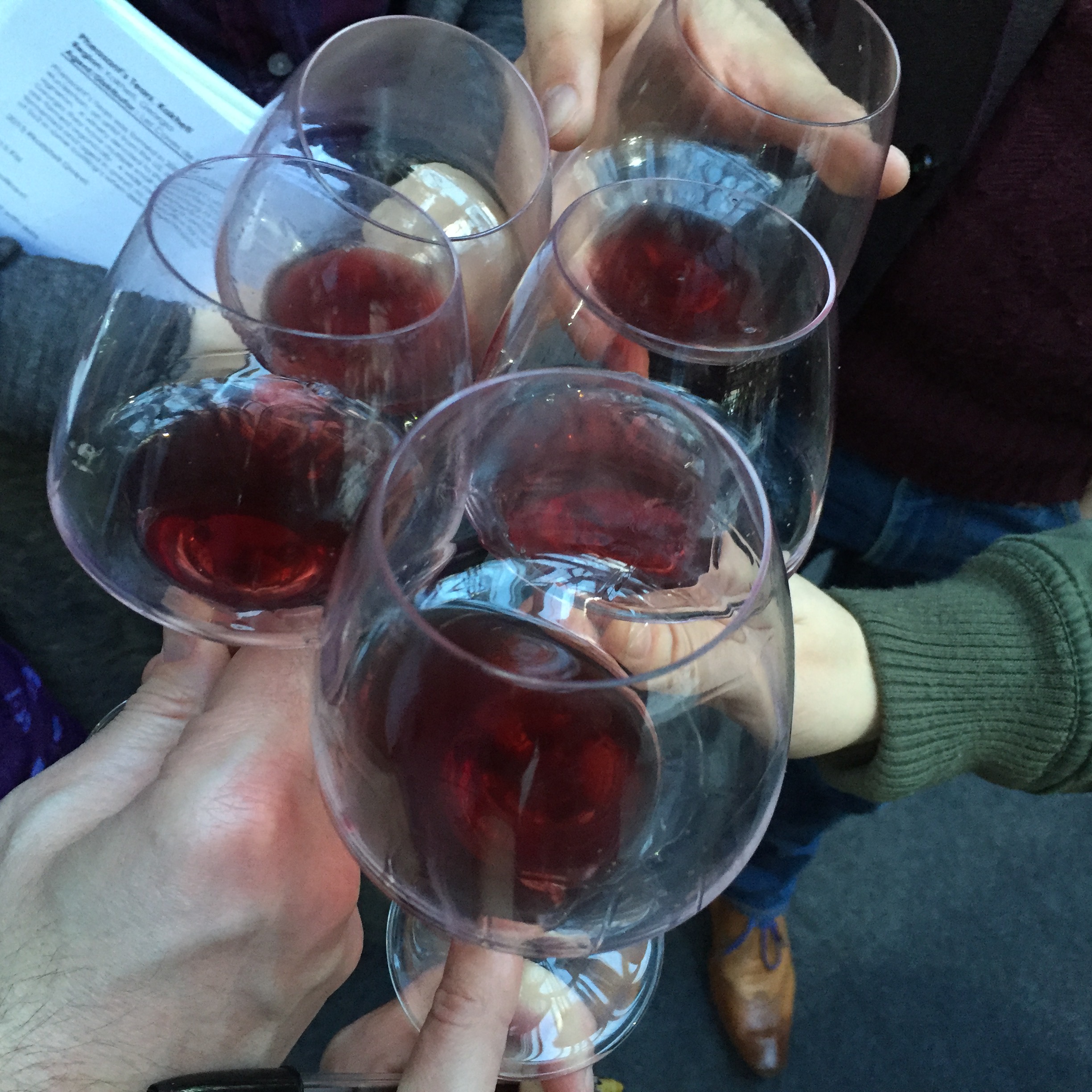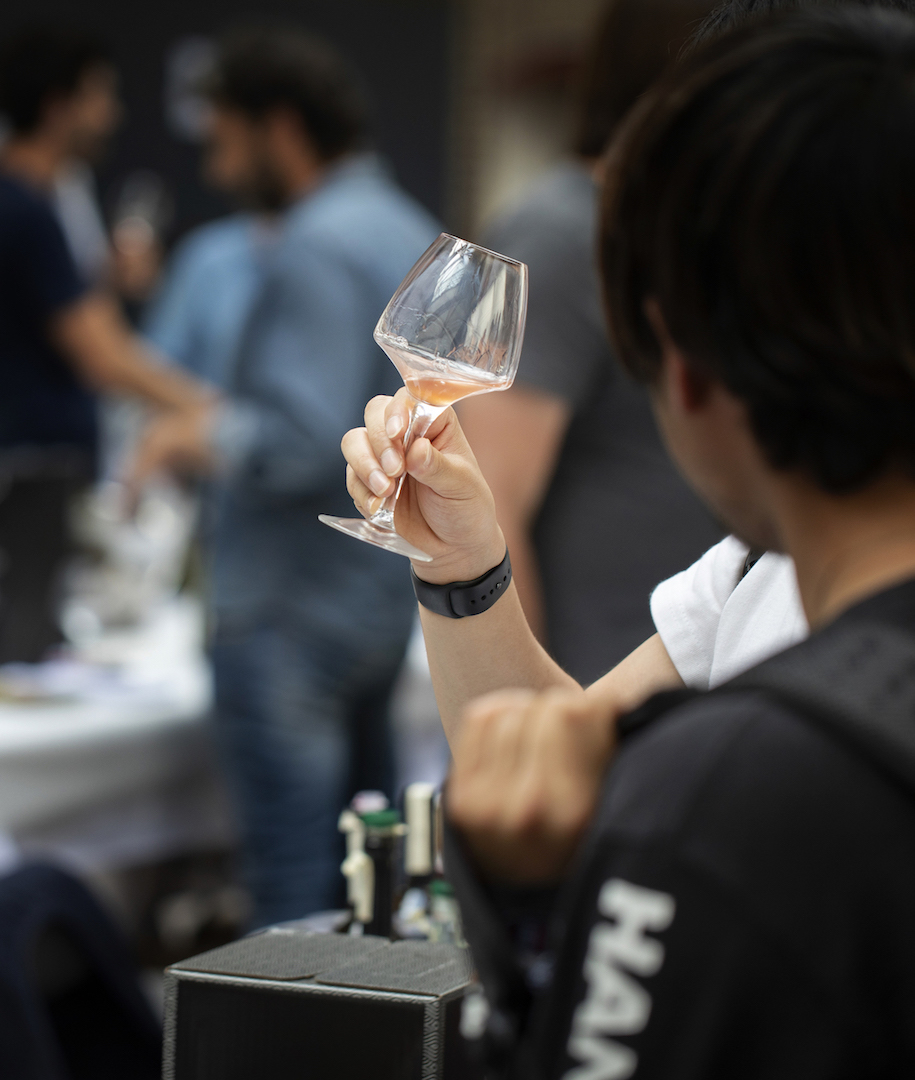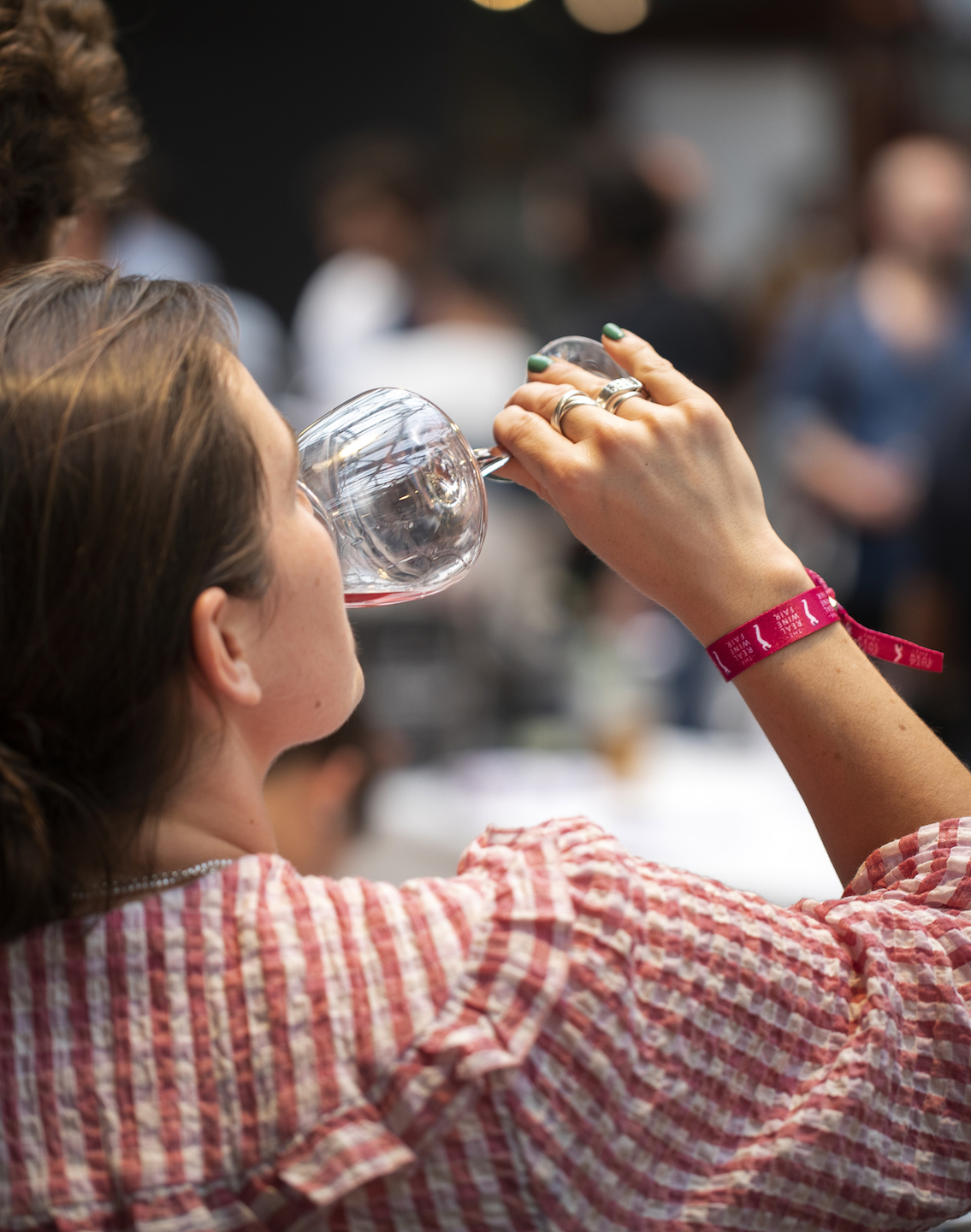The other day, at a nameless restaurant in a nameless place, three colleagues and I drank a large number of nameless conventionally-made “classic” wines. When I say drank, I mean we ordered seven bottles. We did not finish any of them; and we only got as far as wetting the lips with some of them. One does not set out not to enjoy expensive wine – it is disappointing not to be able to drink what you are paying for! The wines (mainly from Burgundy, but also the Rhône and SW France) were awkward, ugly even, drowning in oak, smothered in sulphur. As Eric later observed saliently: “Wine can be so bad.”
I wrote the following a couple of months ago and it seems to holder truer than ever.
As wine merchants, we are psychologically skewed to prefer our own wines. We bought them, we bought into them. We feel comfortable around them. So, when I go to a restaurant, I’m afraid to say that I tend to play ultra safe and order a wine that we sell to self-same restaurant. (Hangs head in shame.) However, curiosity does get the better of me at times. Let me add that I very much want to enjoy the wines brought in by other companies, even if that appreciation goes hand-in-hand with a twinge of envy that the importers of these wines have sourced something extremely delicious! Yet, how often am I disappointed. Is it me? It must be, as I am the common denominator in the experience. Equally, I am certain that it is not an unconscious bias. It is surely to do with the development of an internal “house style”, that over a period of wine buying time, our individual palates have become configured mainly to enjoy a very particular style of wine.
That’s one way of putting it. I drink naturally-made wines as a matter of course. I enjoy certain wines, rather than a generic category of wine. If you poured me a conventional wine, I would want to enjoy it as much as any natural wine. It is not about the labels; it is always about what’s in the glass. The nameless wines we tasted in the nameless restaurant might enjoy excellent reputations in the wider wine world, but wow, were they ugly!
When describing wine in affirmative terms, I am aware that I am creating a romantic view of it as a kind of sacred living beverage that possesses latent beauty if one is but on a wavelength to be able to tune into it. A closed mind would be oblivious to such beauty. This romantic impression would not be accurate, however. Conventional wines, throttled by chemical additions and oppressed by technical intervention, often have nothing to communicate in this regard. Their origin, such as it is, may be from vineyards bereft of life from over-diligent spraying, or have been subject to extractive winemaking techniques or robbed of energy by a scarring addition of sulphites.
It is not about the labels; it is always about what’s in the glass. The nameless wines we tasted in the nameless restaurant might enjoy excellent reputations in the wider wine world, but wow, were they ugly!
There is a striking scene in Jonathan Nossiter’s documentary “Natural Resistance” where Piedmontese biodynamic vigneron, Stefano Bellotti, is walking in his Montemarino vineyard. Pointing to his neighbour’s vines, he opposes two methods of farming, one that subjugates the soil with chemicals and one that encourages a rich and healthy population of micro-organisms:
That’s a conventional vineyard as it should be, with herbicides, chemical fertilisers, fungicides, chemical treatments.
The standard full arsenal. If we go get a shovelful of earth here, and then one from just a few metres away, we’ll see they’re two entirely different things.
The colour’s very dark. It’s rich in humus. It’s not compacted. There’s an active digestion of the organic matter. For example, here there’s a large amount of grasses that have been interred and digested.
Now let’s see the colour of the soil over there.
Much harder here to dig in with the shovel. I have to push much harder. Because the earth is more compacted.
No comparison in colour. It’s obvious that it’s much lighter. For example, here there’s the residue of a leaf that’s become peat. It’s totally asphyxiated. It’s all compacted. This clump is totally impermeable. It can’t absorb water or air. From a bacterial standpoint, this earth is much deader than mine. And where the shovel cut in, it’s all shiny.
This is death.
Then, there’s how it smells. It stinks of laundry detergent. If I take a clump here, it’s all fungus.
(He holds up the soils of the two vineyards in his hands.)
Life… and death.
–Natural Resistance, dir. Jonathan Nossiter
What Stefano was saying is that nothing can come of nothing. The wine from the conventional grapes is devoid of nourishment. We drink wine for express reasons – for pleasure, to get drunk (not necessarily the same thing), to stimulate creativity, to relax, to be sociable, to help us digest. Even the best wine may not always help us to achieve all these respective objectives. But there are occasions, moments, when we are most receptive that the wine in the glass and the act of drinking mysteriously combine to create a sense of harmony with nature and the living world.
My glass was filled with a light red wine poured from a pitcher, left on the table. I was relaxed, carefree and happy. Oh, how ruby bright that wine was; it gleamed in the sunlight. I remember clearly its enticing aroma – youthful but with a refinement that surprised me. The wine was sweetly exotic: lively on my tongue, perfectly balanced, and with a long glossy finish. It was the sort of wine that Omar Khayyam might have in mind for his desert tryst. The young woman who had poured it for me was amused when I asked what it was. It was, she said, vino rosso.
Remembrance of Wines Past – Gerald Asher
Once when he was in southern Italy, Eric texted me about a wine he was drinking in some small village tavern. The liquid was apparently incredibly pure and nourishing, a wine without a label, without a name, made by some local farmer for his own consumption –pour ma gueule as the French might say. Let’s buy it! I texted back excitedly. Eric did not want to do that, because by putting a name to it and imposing a value on the wine and thus thinking of it as a commercial product, you would be removing it from the context that made it so delicious. The magic lies in the moment – in the intimacy of the venue, in the pleasure of discovery, the not-knowing about the wine (its variety or origin), the nourishing quality of the liquid, the pure function of thirst being quenched.
I am forever saying that real wines are alive and imprinted with memories of their origin. Every glass of real wine is the aggregate of hundreds if not thousands, of influences and transformations. It is geography, and geology, human history and agriculture, science, art, gastronomy and chance. It is nature, what happens in the soil and what goes on the sky. It is the quirks of weather. It is the birds and the bees and the creepy-crawlies and the micro-organisms. And the human choices in the winery, to intervene – when, and to what extent. If the processes are sympathetic – thriving vineyards, beautiful grapes, an exacting attitude to quality, a feeling for the wine as it is transformed from potential to final product, then the wine is more than the bottled liquid – it contains information, experience and a portion of natural beauty. Most wine lacks this singular capacity; it is processed for a very specific commercial purpose, and, as such, has little value other than to be consumed or traded. Real wine has an undeniable energy, it possesses a unifying power that draws everything into a sense of itself and is a gift to be enjoyed by those who would open themselves to experience it.




